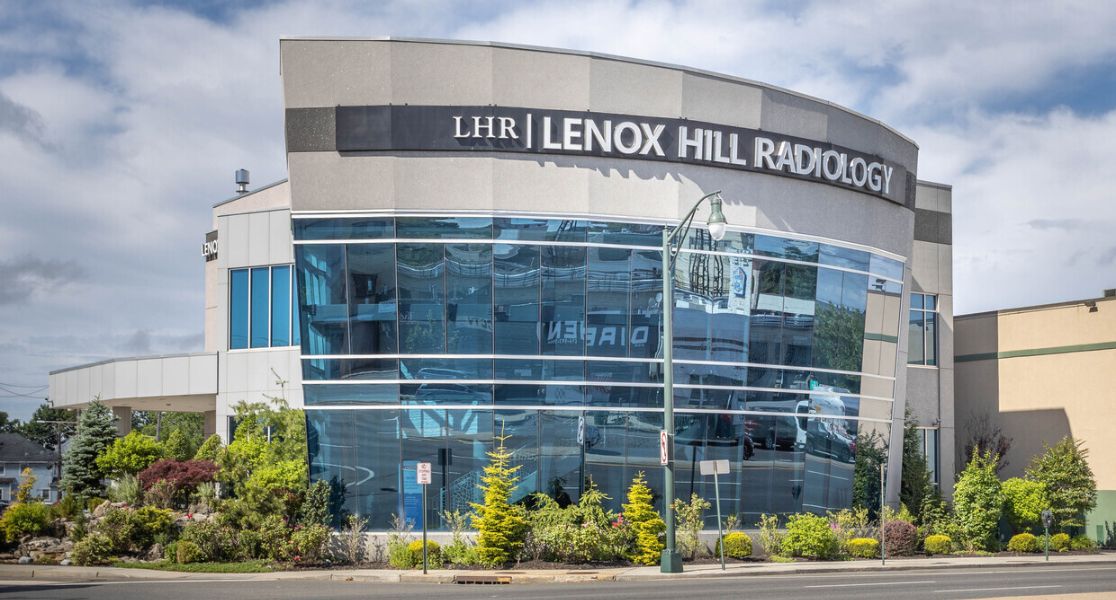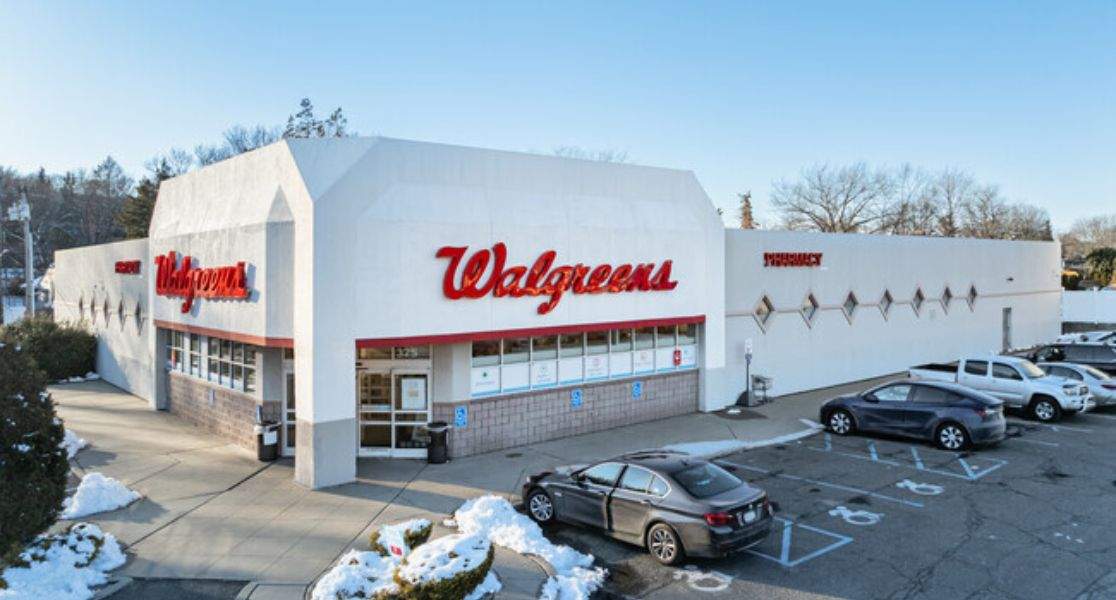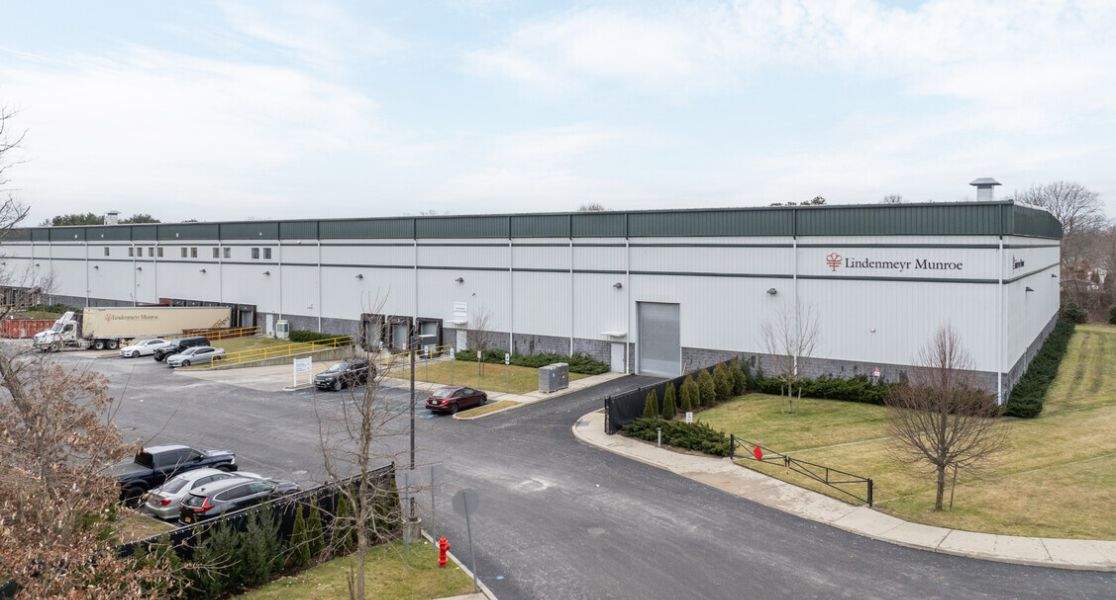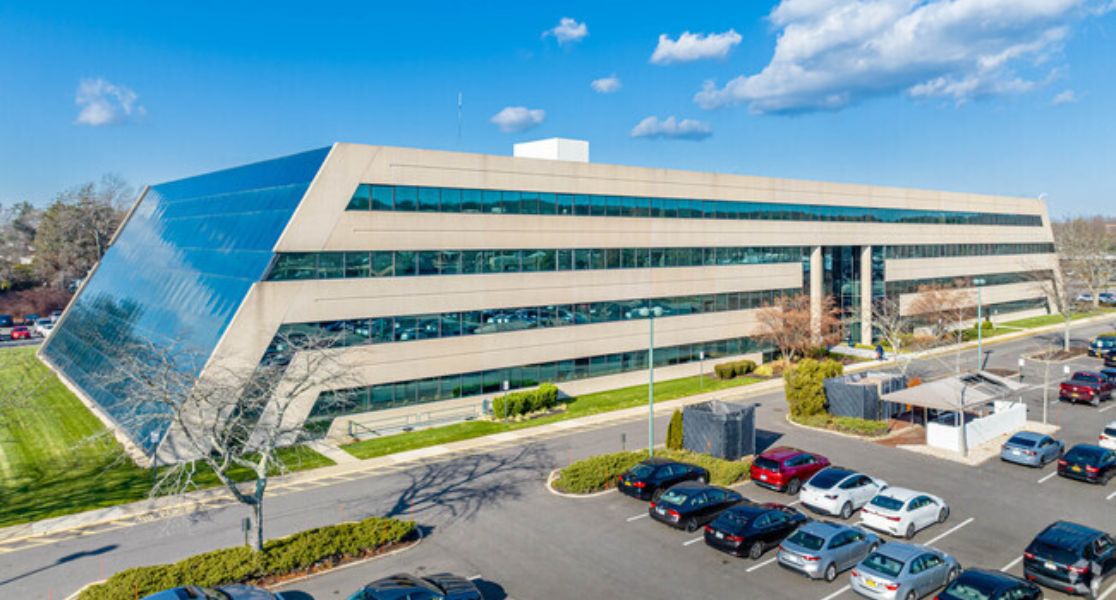 Apple Stores have become the new mall anchor store, a role once held by department stores, because they draw very high amounts of foot traffic, which also benefits the smaller stores. Packed with consumers buying new products, meeting with the Genius Bar to solve tech issues, taking lessons, using the free Wi-Fi, or simply window-shopping, all of these consumers have a flow-on effect for retail sales for surrounding retail stores. In the U.S., there are over an estimated 85.8-million iPhone owners, and those millions typically head to a brick-and-mortar store for service. This tech giant’s impact on most malls and retail centers is far more similar to how a large department store increases traffic than a normal retailer.
Apple Stores have become the new mall anchor store, a role once held by department stores, because they draw very high amounts of foot traffic, which also benefits the smaller stores. Packed with consumers buying new products, meeting with the Genius Bar to solve tech issues, taking lessons, using the free Wi-Fi, or simply window-shopping, all of these consumers have a flow-on effect for retail sales for surrounding retail stores. In the U.S., there are over an estimated 85.8-million iPhone owners, and those millions typically head to a brick-and-mortar store for service. This tech giant’s impact on most malls and retail centers is far more similar to how a large department store increases traffic than a normal retailer.
This tech giant is a landlord’s dream tenant as they are guaranteed to bring traffic. The presence of an Apple Store in a mall increases the value of a mall and allows mall or shopping center owners to raise square-footage rates for other tenants. If a mall or shopping center contains an Apple store it is given a higher valuation. Because of such benefits to the mall or centers, owners will also do a lot to accommodate an Apple Store, such as assuming some of the costs of the store’s build-out and giving months of free rent. Apple is leveraging its success by negotiating very low rental fees in comparison to its sales. The high sales volume can end up spiking rentals for neighboring businesses, so much that other stores ask that Apple be excluded when property owners are calculating how much rental space is worth.
About Apple in Long Island
Apple has roughly 271 stores in the United States with four of them located on Long Island. Apple’s mall-based stores tend to be located in high-end shopping centers owned by companies like Simon Property Group, which has Apple stores at the Roosevelt Field mall, Smith Haven Mall, and the Walt Whitman Shops.





